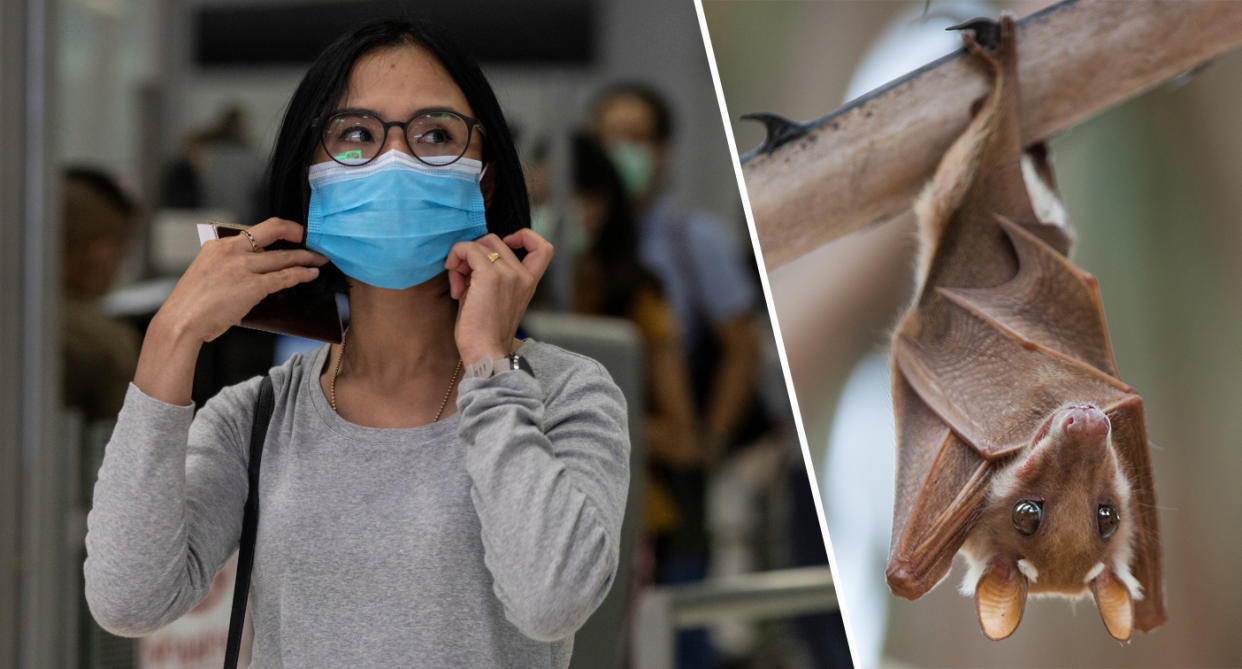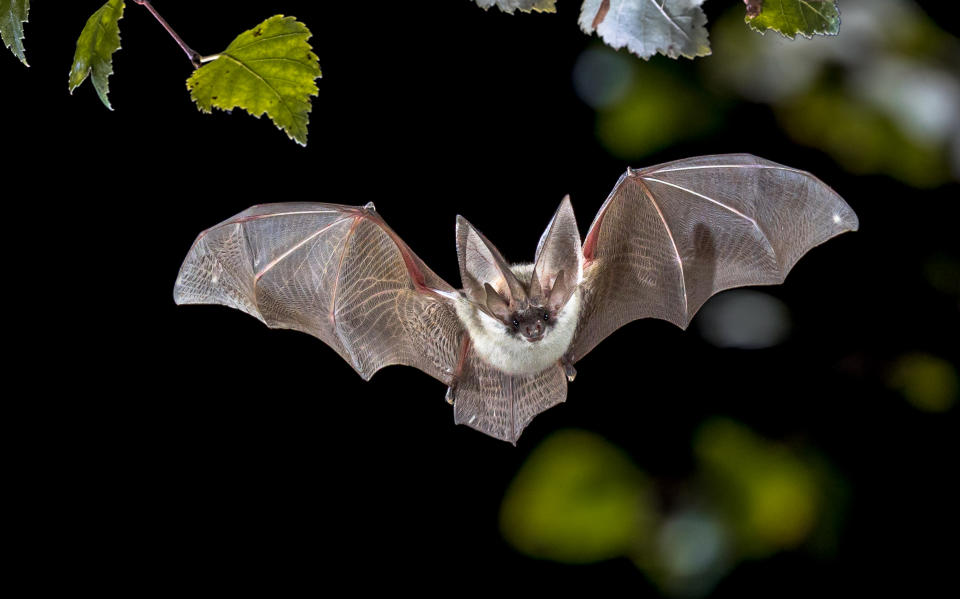Coronavirus likely caused by bats: why are the nocturnal creatures behind so many deadly outbreaks?

Like so many deadly outbreaks before it, the new coronavirus likely emerged from bats.
Since the first patients were infected at a seafood and live animal market in the Chinese city Wuhan at the end of last year, the previously unknown strain has spread to at least 27 countries.
Read more: Coronavirus: how to wash your hands to ward off infection
Authorities have confirmed more than 43,000 cases, of which 42,655 are in mainland China, according to John Hopkins University.
At the time of publishing this article, the UK has eight confirmed cases.
With the death toll passing 1,000 on Tuesday, scientists have been working to find the cause of the outbreak, with all evidence pointing to bats.
What other outbreaks were caused by bats?
The new coronavirus, 2019-nCoV, is far from the only outbreak with bats behind it.
Coronaviruses are a class, with seven strains known to infect humans.
One of which is severe acute respiratory syndrome (Sars), which killed 774 people during its 2004 outbreak.
While the “animal reservoir” is “as yet uncertain”, the World Health Organization states it was “perhaps bats”.
Scientists from Fudan University in Shanghai found the new strain appears to be 89.1% genetically similar to “a group of Sars-like coronaviruses”.
A team from the Chinese Academy of Sciences in Wuhan also revealed the virus is 96% “identical” to a coronavirus that infects bats.
Speaking at the time, Professor Ian Jones from the University of Reading, said: “2019-nCoV is a bat virus and Sars is the closest relative seen previously in people.”
Middle Eastern respiratory syndrome (Mers), which killed 858 people in 2012, is another coronavirus with a probable bat origin.
Although not a coronavirus, Ebola - the only disease to be made a “global emergency” twice - has killed more than 12,000 since its suspected “jump” from bats to humans.

Why are bat viruses so dangerous to humans?
Scientists from the University of California, Berkely, set out to uncover why bat viruses are so deadly.
They took cells from the Egyptian fruit bat and Australian black flying fox, as well as from an African green monkey, which acted as the “control”.
The Egyptian fruit bat is a “host” for the Marburg virus, an Ebola-like disease with a 24%-to-88% fatality rate.
Australian black flying fox bats are hosts to the Hendra virus, which can cause “severe and often fatal disease in humans”.
Read more: Coronavirus’ ‘case-fatality rate’ could range from 1% up to 18%
When the cells were exposed to “viruses mimicking Ebola and Marburg”, the monkey cells were “rapidly overwhelmed and killed”.
In contrast, the bat cells “successfully walled themselves off from viral infection”.
Writing in the journal eLIFE, the scientists put this down to the bat cells “flooding” themselves with the immune-fighting protein interferon, which the monkey cells did not produce.
Bats are thought to have evolved to release high amounts of the protein to “mop up” inflammatory damage caused by flying.
The nocturnal creatures may therefore be “primed” to defend themselves against viruses.
Viruses may then evolve to reproduce quickly within the animal before a defence response is initiated.
“When you have a higher immune response, you get these cells that are protected from infection, so the virus can actually ramp up its replication rate without causing damage to its host,” said study author Cara Brook.
While bats can tolerate this, if the virus moves into a creature without the same immune response, it can be deadly.
“Our immune system would generate widespread inflammation if attempting this same antiviral strategy,” said Brook.
“Bats appear uniquely suited to avoiding the threat of immunopathology.”
Research also suggests taking bats out of their natural habit may “stress” them, causing more of a virus to be shed in their saliva, urine and faeces.
“The bottom line is bats are potentially special when it comes to hosting viruses,” said study author Professor Mike Boots.
“It is not random that a lot of these viruses are coming from bats.
“Bats are not even that closely related to us, so we would not expect them to host many human viruses.
“But this work demonstrates how bat immune systems could drive the virulence that overcomes this.”

What is the new coronavirus?
Most of the people who initially became unwell worked at, or visited, the Wuhan market.
While bats are thought to be the initial culprit, the virus likely had an “intermediate host” before infecting humans.
Sars for instance jumped from bats to humans via the masked palm civet, a mammal native to the Indian subcontinent and south-east Asia.
Mers went from bats to camels and finally humans.
Scientists from Peking University in Beijing have suggested snakes may have been the intermediate host for the new coronavirus.
A team from South China Agricultural University have since found pangolins could be to blame.
While little is known about exactly where the virus came from or how long it takes to cause symptoms, Chinese authorities have confirmed it spreads via droplets expelled while sneezing or coughing.
It is unknown whether the virus “floats” in the air or survives on hard surfaces.
Read more: Coronavirus cases may ease in summer before re-emerging in winter, experts say
Infected patients develop flu-like symptoms, such as fever and breathlessness.
In the most severe cases, victims succumb to pneumonia.
This comes about when a respiratory infection causes the alveoli (air sacs) in the lungs to become inflamed and filled with fluid or pus.
The lungs then struggle to draw in air, resulting in reduced oxygen in the bloodstream.
“Without treatment the end is inevitable,” said the charity Médecins Sans Frontières.
“Deaths occurs because of asphyxiation.”
The US Centers for Disease Control and Prevention has warned there is no specific treatment for coronaviruses.
If the infection triggers pneumonia, doctors work to combat the complication.
Pneumonia is generally caused by bacteria, which tend to respond to antibiotics.
When a virus is to blame, like 2019-nCoV, it may be treated via “antiviral medication”.
Professor Peter Horby from the University of Oxford claims, however, there is “no effective anti-viral”, with treatment being “supportive”.



